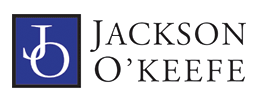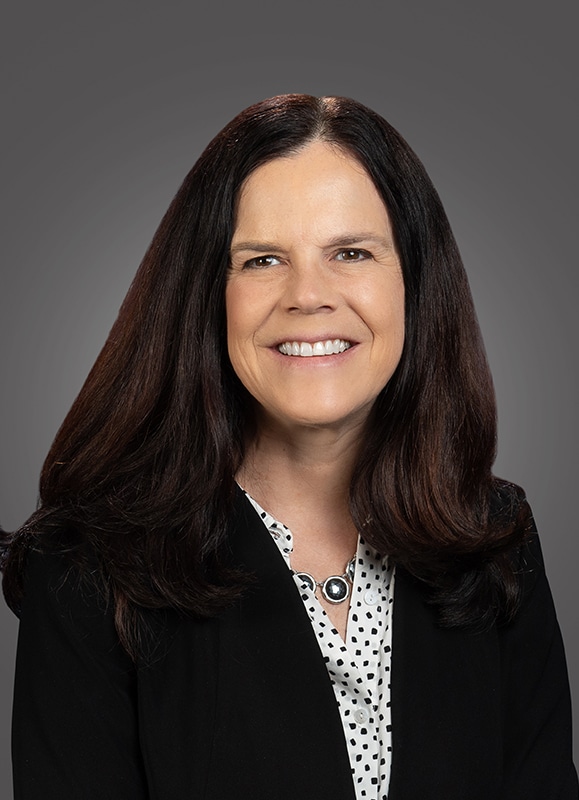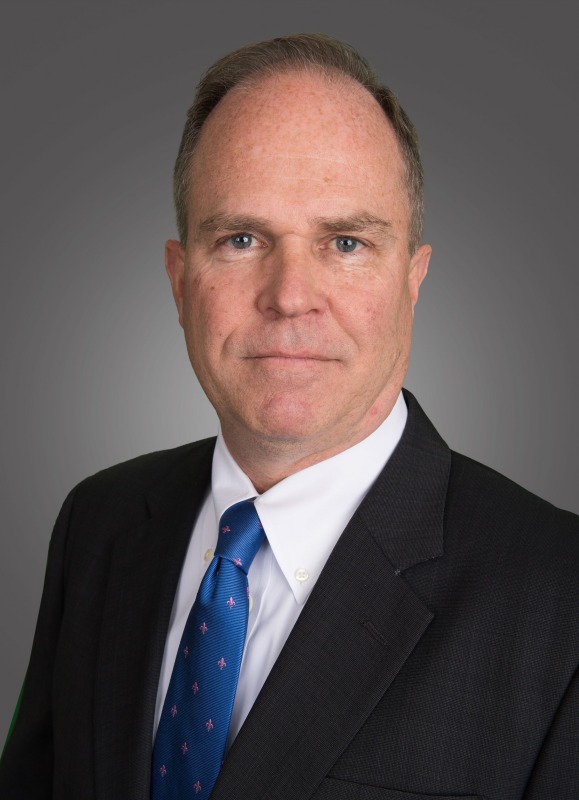The plaintiffs filed this suit against the defendant in Connecticut Superior Court following a motor…
MOTOR VEHICLE TORTS: Appellate Court addresses whether verdict is too high, evidentiary issues

In a ruling officially released June 12, 2012, the Connecticut Appellate Court states in part:
DiPENTIMA, C. J.
This appeal arises from the trial court’s denial of motions for remittitur and to set aside the verdict filed by the defendants, Daniel J. Pike and Andrew C. Pike. Because the court did not abuse its discretion in concluding that the jury’s award did not ‘‘shock the conscience’’ and is ‘‘well within the limits of a reasonable award,’’ we affirm the judgment. The defendants also claim that the court improperly admitted certain documents into evidence. We reject this claim as well.
The plaintiff, David Johnson, brought this action seeking damages for injuries he suffered in a December 3, 2006 automobile accident involving a vehicle owned by Daniel J. Pike and driven by Andrew C. Pike. 1 The defendants admitted liability, and the case proceeded to a jury trial on the issue of damages. After finding in favor of the plaintiff, the jury awarded $34,222 in lost wages, $1762 in medical bills, no future medical expenses and $50,000 in non-economic damages. 2 The verdict totaled $85,984.
Following the verdict, the defendants filed a motion for a remittitur and a motion to set aside the verdict and for a new trial. Specifically, the defendants argued that the awards for lost wages and non-economic damages be reduced to ‘‘a fair, just and reasonable amount . . . .’’ They also claimed that the court improperly admitted into evidence certain exhibits that were hearsay, self-serving and without foundation. The court denied the defendants’ motions and stated: ‘‘The award of $50,000 does not shock the conscience and is well within the limits of a reasonable award given the plaintiff’s testimony concerning the ongoing pain and suffering he has endured as a result of the accident.’’ This appeal followed. Additional facts will be set forth as necessary.
***
The defendants next claim that the court improperly admitted certain documents into evidence. Specifically, they argue that the court improperly admitted into evidence trial exhibits 5 through 11 over their objections that the documents were self-serving and hearsay. We are not persuaded.
The following additional facts are necessary for our resolution of this claim. During the testimony of the plaintiff, his attorney moved to admit exhibit 10 into evidence. Exhibit 10 is a letter written by the plaintiff to Patricia Lee, the administrator of the Universalist Church in West Hartford. In this letter, dated July 8, 2008, the plaintiff informed Lee that he would unable to perform the work that she had requested ‘‘involving the painting of the church front, repair of soffits [and] fascias and counter flashing and the miscellaneous projects’’ that had been discussed for the contract price of $81,000. The plaintiff further wrote that the reason he could not perform this work was an injury to his shoulder, causing him to ‘‘slow down’’ his work schedule. Per the plaintiff’s request, Lee signed the letter at the bottom to acknowledge its receipt on behalf of the Universalist Church and returned it to the plaintiff.
The defendants’ counsel objected on the grounds that the letter was a self-serving letter by the plaintiff and constituted ‘‘hearsay as to the signature.’’ The plaintiff’s counsel responded that the letter was a business record ‘‘because [the plaintiff was] advising . . . an existing customer.’’ The defendants’ counsel again argued that it was self-serving. The court admitted the letter into evidence as a full exhibit without any further explanation. The plaintiff’s counsel then sought to have a contract between the plaintiff and the Universalist Church regarding a separate, specific project admitted into evidence as exhibit 11. Over the same objections raised by the defendants, the court admitted the contract into evidence. Specifically, the defendants claimed that Lee’s signature on the contract constituted inadmissible hearsay. The court, after determining that the plaintiff had started and received partial payment for the specific project listed in this contract, admitted it into evidence. The plaintiff stated that he had not completed this project and, therefore, had not received approximately $50,000.
The plaintiff then sought to introduce several letters into evidence that were similar to the one described in exhibit 10. Exhibit 7 was a letter written by the plaintiff to Sebastian Mazzarella regarding a proposed project to rebuild a front porch for $12,500; exhibit 8 was a letter written by the plaintiff to Peter Parrotta regarding a proposed project to perform gutter and roof repair work for $150 per hour; and exhibit 9 was a letter written by the plaintiff to Shirley Finney regarding a proposed project for a roof replacement for $20,000. Each of these letters contained a signature at the bottom, indicating that the letter had been received, and was admitted into evidence over the defendants’ objection.
The plaintiff then sought to admit into evidence exhibit 5, which was a list created by the plaintiff of long-standing customers and the amount of billings that he had lost as a result of his injury. During voir dire by the defendants’ counsel, the plaintiff acknowledged that he had created this list for the purpose of litigation. The court noted the defendants’ objection to this exhibit’s admission into evidence. Finally, Diane P. Johnson, the plaintiff’s wife, testified that she maintained the plaintiff’s financial records. During the direct examination of Diane Johnson, the plaintiff’s counsel sought to introduce exhibit 6 into evidence, an invoice from the plaintiff’s company to Travelers Insurance Company (Travelers) dated November 2, 2006, in the amount of $14,130. This exhibit also included the check from Travelers paying the invoice. The defendants’ counsel objected on the basis that the invoice was dated before the accident and was self-serving. Without hearing from the plaintiff’s counsel or any further elaboration, the court admitted the document into evidence.
On appeal, the defendants argue that exhibits 5 through 11 were hearsay and did not fall within a recognized exception and, therefore, improperly were admitted into evidence. The defendants did not raise a hearsay objection to exhibit 6 at trial, and, therefore, we need not review their claim of error with respect to that particular exhibit. ‘‘Practice Book [§ 5-5] provides in pertinent part that [w]henever an objection to the admission of evidence is made, counsel shall state the grounds upon which it is claimed or upon which objection is made, succinctly and in such form as he [or she] desires it to go upon the record, before any discussion or argument is had. [Practice Book § 60-5]provides in [relevant] part that the [appellate courts are] not bound to consider a claim unless it was distinctly raised at the trial . . . . We have noted that [t]he purpose of the rule requiring that an exception be taken that distinctly states the objection and the grounds therefore is to alert the court to any claims of error while there is still an opportunity for correction. . . . This rule is essential to avoid trial by ambush [of the presiding judge and the opposing party]. . . . These requirements are not simply formalities. They serve to alert the trial court to potential error while there is still time for the court to act. . . . Assigning error to a court’s evidentiary rulings on the basis of objections never raised at trial unfairly subjects the court and the opposing party to trial by ambush.’’ (Citations omitted; internal quotation marks omitted.) State v. Jose G., 290 Conn. 331, 342-43, 963 A.2d 42 (2009). Accordingly, we decline to review the defendants’ claim with respect to the admissibility of exhibit 6.
***
To view the Appellate Court ruling in its entirety see: http://www.jud.ct.gov/external/supapp/Cases/AROap/AP136/136AP394.pdf



